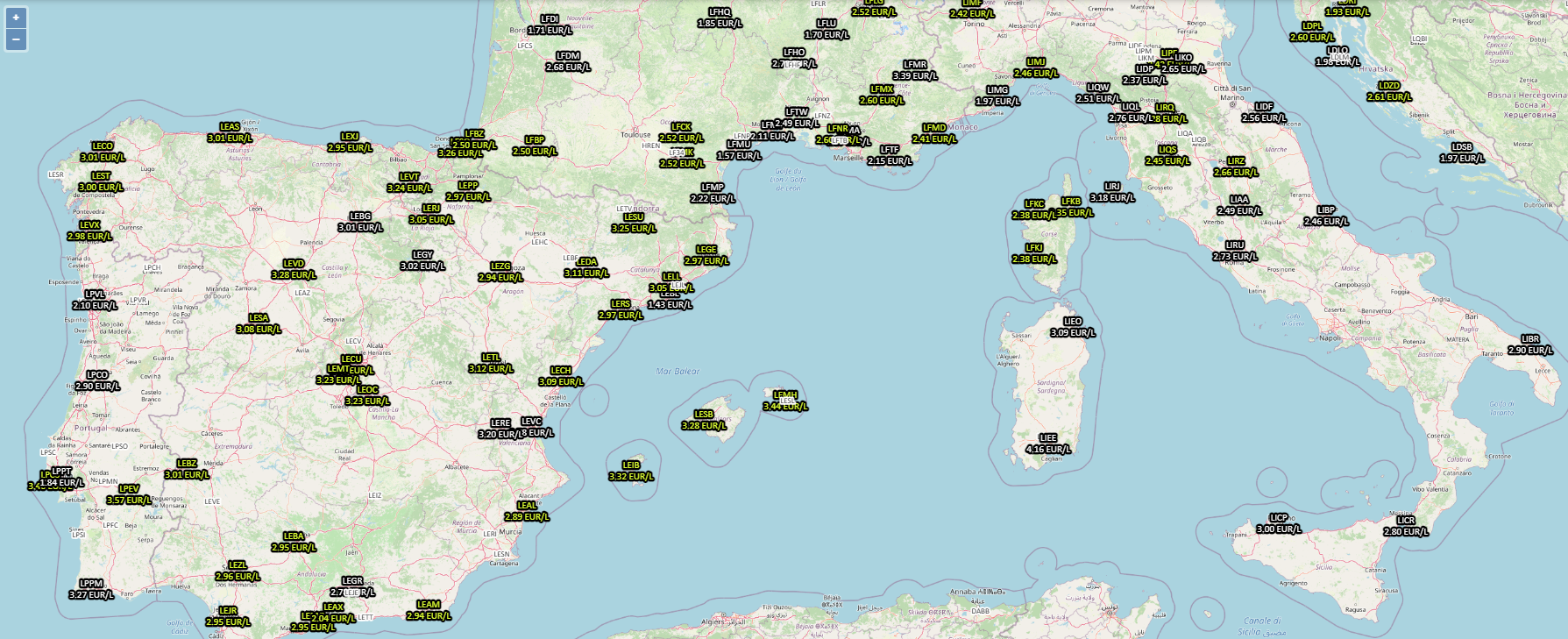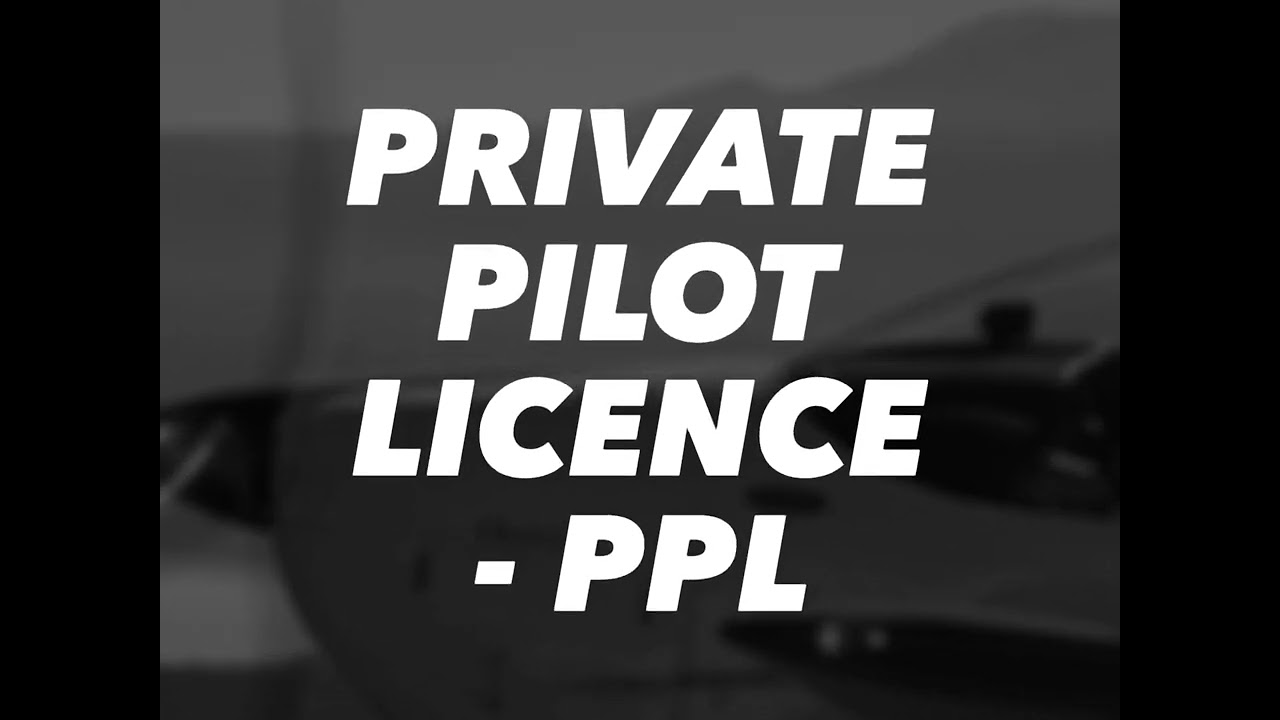Flight Hour Building Spain
Cheap Aircraft Rental Packages for EASA licence holders
Cheap Hour Building Packages in Spain ✈︎ Europe
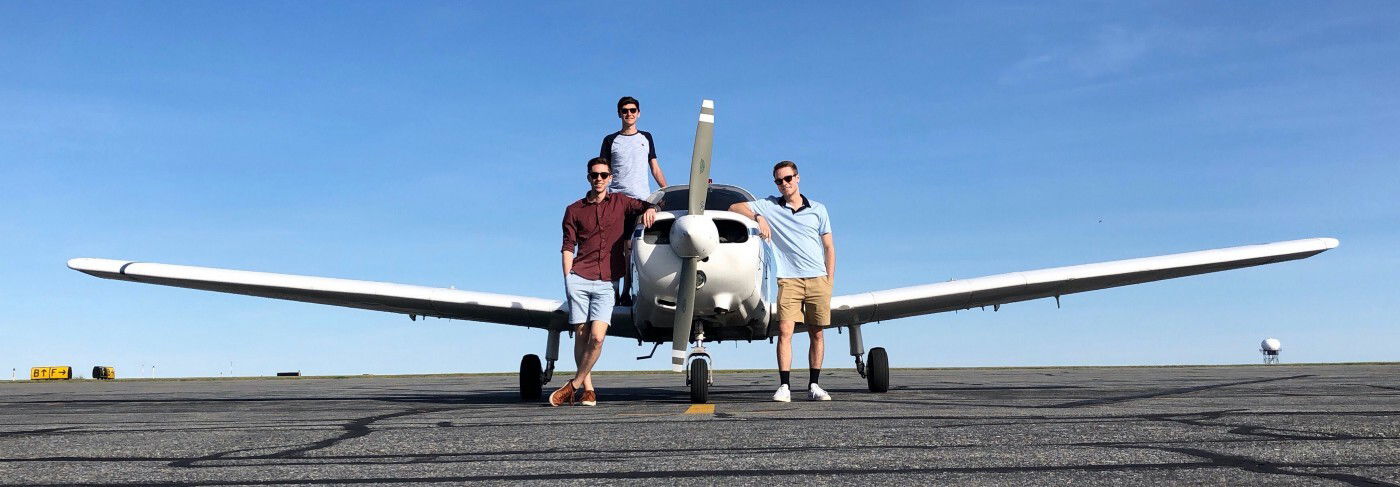
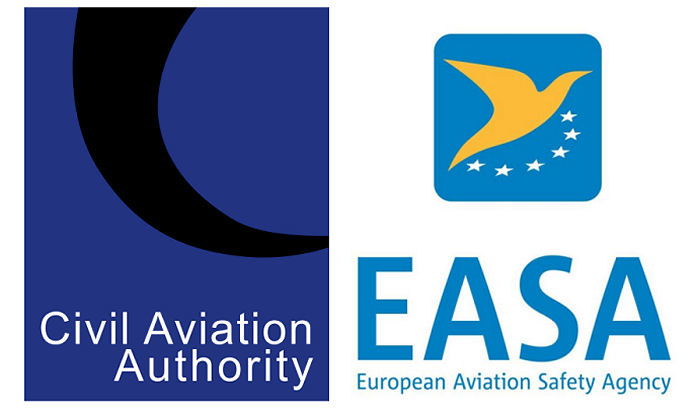
For UK CAA licence holders needing a G-registered hour building aircraft, check here
Cheap Hour Building opportunities in Europe ✈︎ Ferry Flights
Fly EPT Spain has teamed up with ferry flight services and receives a number of requests throughout the year to position small single-engine piston aircraft across Europe. If you are a time builder currently studying ATPL theory, are willing to subsidize the cost of a ferry flight and are flexibly available, we can offer you some cheap hour building opportunities. You can fly with an experienced flight instructor, if needed, and gain international route experience. Only airborne time is charge but you can log all the block time which includes the taxi time as Pilot-in Command (PIC).

Ferry Flight # 1
- Date: As soon as possible (ASAP). This plane is immediately ready to fly
- Pick up Airport: Sligo Airport (EISG / SXL), Ireland
- Destination drop off Airport: Son Bonet Airport (LESB), Palma de Mallorca, Spain
- Price: €75 EUR / hour. Only airborne time is charged. You can log all the taxi time for FREE
- Aircraft: TECNAM P2002-JF
- Licence: EASA
- Details: This flight will qualify as a CPL qualifying cross country flight. Only a Dry airborne hourly rate is charged, but you can log all the block time which includes the taxi time for FREE. The plane will be handed over FULL fuel tanks. Just return the plane with the fuel tanks FULL. A flight instructor is available at Sligo Airport with whom you can fly manoeuvres and circuits with until you are comfortable with the TECNAM P2002-JF. A flight instructor is also available to act as safety pilot from Ireland all the way down to Spain, if the plane can start the ferry flight on the weekend of 15/16 November 2025. SkyDemon VFR navigation software is highly recommended for this route, and we can arrange a SkyDemon discount for you.
- Transport to Sligo Airport: Find a cheap one-way Ryanair flight ticket to Dublin Airport (DUB), then take a bus to Sligo (Route 23). Buses depart every 4 hours, with the earliest leaving at 07:40 and the last at 23:25. The bus takes 3:30 hours and is a direct service.
- Cheap accommodation in Sligo, check here. We are speaking with the flight school in Sligo to see what accommodation recommendations can be arranged for you.
- Suggested routing: Sligo Airfield (EISG), West Ireland - Newcastle Aerodrome, County Wicklow, South of Dublin, Ireland - Caernarfon Airport (EGCK) - Mid-Wales Airport (EGCW) - Elstree Airfield (EGTR), North London - Le Touquet Airport (LFAT), France - Le Mans Airport (LFRM / LME) - Bordeaux - Sabadell, Barcelona (LELL / QSA) - Valencia Airport - Son Bonet Airport (LESB), Palma de Mallorca, Spain
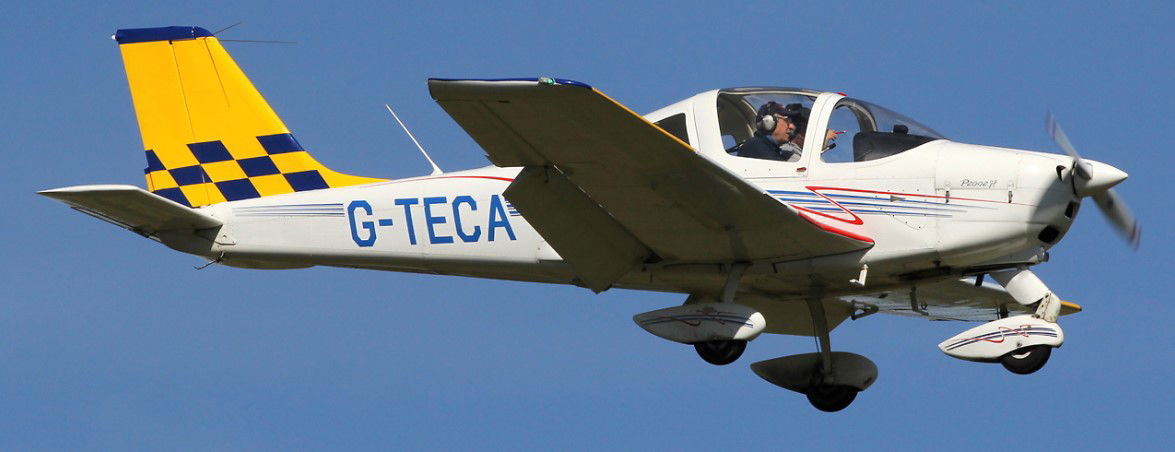
Ferry Flight # 2
- Date: Anytime this month - As soon as possible
- Pick up Airport: Fife Airport (EGPJ), Scotland
- Destination drop off Airport: Son Bonet Airport (LESB), Palma de Mallorca, Spain
- Price: €75 EUR / hour. Only airborne time is charged. You can log all the taxi time for FREE
- Aircraft: TECNAM P2002-JF
- Licence: EASA. This aircraft is currently undergoing a re-registration from the UK to EASA registry.
- Details: This flight will qualify as a CPL qualifying cross country flight. SkyDemon VFR navigation software is recommended. A safety pilot can be made available to fly with you; a B747 + former A380 Captain. Only a Dry airborne hourly rate is charged. The plane will be handed over FULL fuel tanks. Just return the plane with the fuel tanks FULL. Once you arrive in LESB, you may continue with the hour building under the same terms and conditions, maximum 150 hours total block time. Plan to fly to Edinburgh Airport (EGPH / EDI), Scotland's capital. Fife airport (EGPJ) is 27 NM away. When you arrive in Edinburgh, take a bus to the city centre, and switch bus to Fife, which is super easy (You have time to visit the Castle, a short walk away). You can find a cheap hotel at Fife airport here. Flight instructors are available at Fife airport flight school where you can fly circuits until you are comfortable with the TECNAM P2002-JF. Your safety pilot wingman, a B747 Captain and former Ryanair training Captain, will assist you to keep the plane sunny side up all the way down to Palma de Mallorca.
- Suggested routing: Fife Airport (EGPJ) Scotland - Edinburgh - London - Le Touquet Airport (LFAT), France - Le Mans Airport (LFRM / LME) - Bordeaux - Sabadell, Barcelona (LELL / QSA) - Valencia Airport - Son Bonet Airport (LESB), Palma de Mallorca, Spain
Entry Requirements
- At least 17 years old
- Private Pilot Licence (PPL) ✈︎ EASA
Hour Building Fleet in Spain for EASA licence holders
Our choice of competitively priced single-engine piston aircraft available for rent for EASA licence holders include:
- Tecnam P2002 JF ✈︎ EC-NZS
- Tecnam P2002-JF ✈︎ PH-EPT
- Tecnam P2002-JF ✈︎ F-HFGX
- Tecnam P2002-JF ✈︎ PH-IGY
Hour Building Fleet in Portugal for UK CAA licence holders
For UK CAA licence holders, check here to see our choice of G-registered single engine piston hour building aeroplanes based in Portugal
Flight Hour Building Packages in Spain
If you would like to rent an aircraft from us and do some touring flying around Spain, perhaps even further afield to Portugal, France, Germany, UK, and Italy then you are welcome to do so.
We offer PPL pilots several cost-effective time-building packages to help hour builders accumulate P1 Pilot-in-Command (PIC) time.
Just send us an email about your plans, number of days away and how many hours you need to fly, and we will make you an offer.
Generally, you can take the plane away as long as you want. Our rental agreement with time builders is to fly a minimum of 3 hours/day; 18 hours/week.
Aircraft available for hour building in Spain are based in Palma de Mallorca-Son Bonet (LESB)
Hour Building Aircraft in Spain
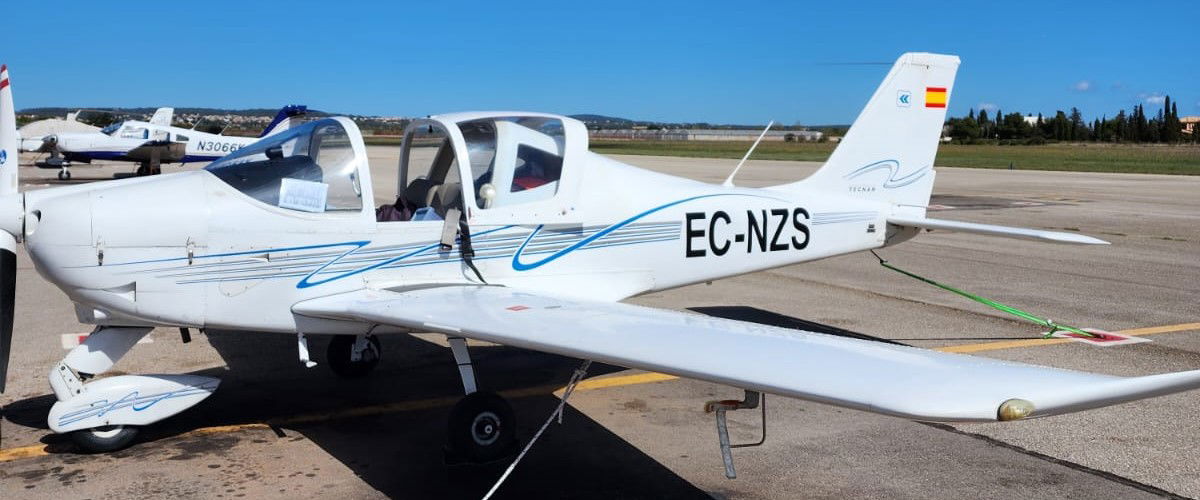
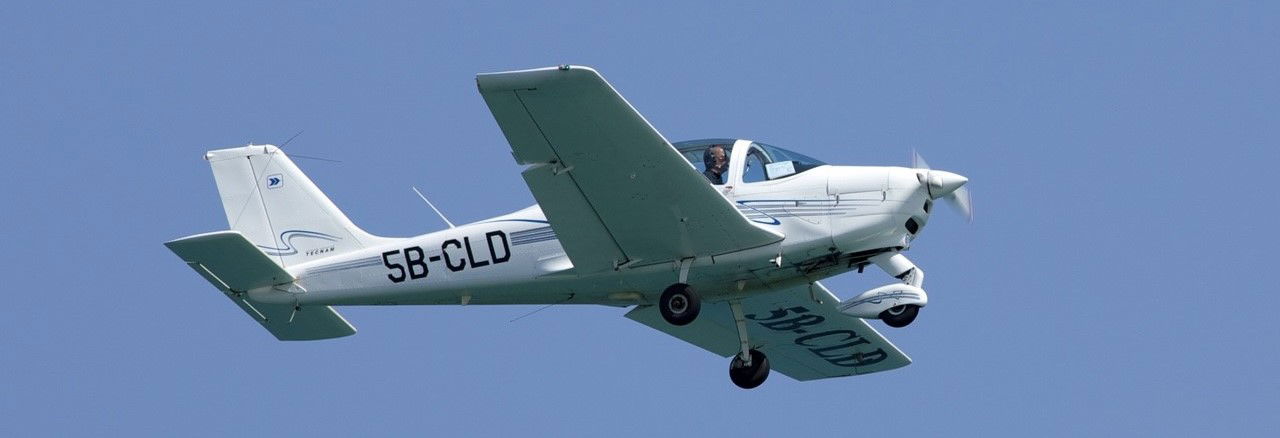
€ 75 / hour (Dry)
Tecnam P2002-JF
EC-NZS or PH-EPT or F-HFGX or PH-IGY
- 2 seats
- Aircraft based in: Son Bonet Airport (LESB), Palma de Mallorca, Spain
- All Night VFR certified, except: PH-IGY
- 80 hours x €75/hour = €6,000 EUR + fuel
- ROTAX 912 engine accepts MoGas
- Lowest fuel consumption ✈︎ Cheapest to fly
- No landing fee aerodrome option in Palma de Mallorca. LESB has exceptionally cheap landing fees compared to most airports
- Tecnam P2002-JF
- Licence required: EASA PPL(A)
- Impeccably maintained by TURMINA Part-145 General Aviation Maintenance Organisation. Under CAMO - Continuing Airworthiness Maintenance Organisation (CAMO) - with CYCLOON HOLLAND
- Full aircraft details here
- Accommodation options here
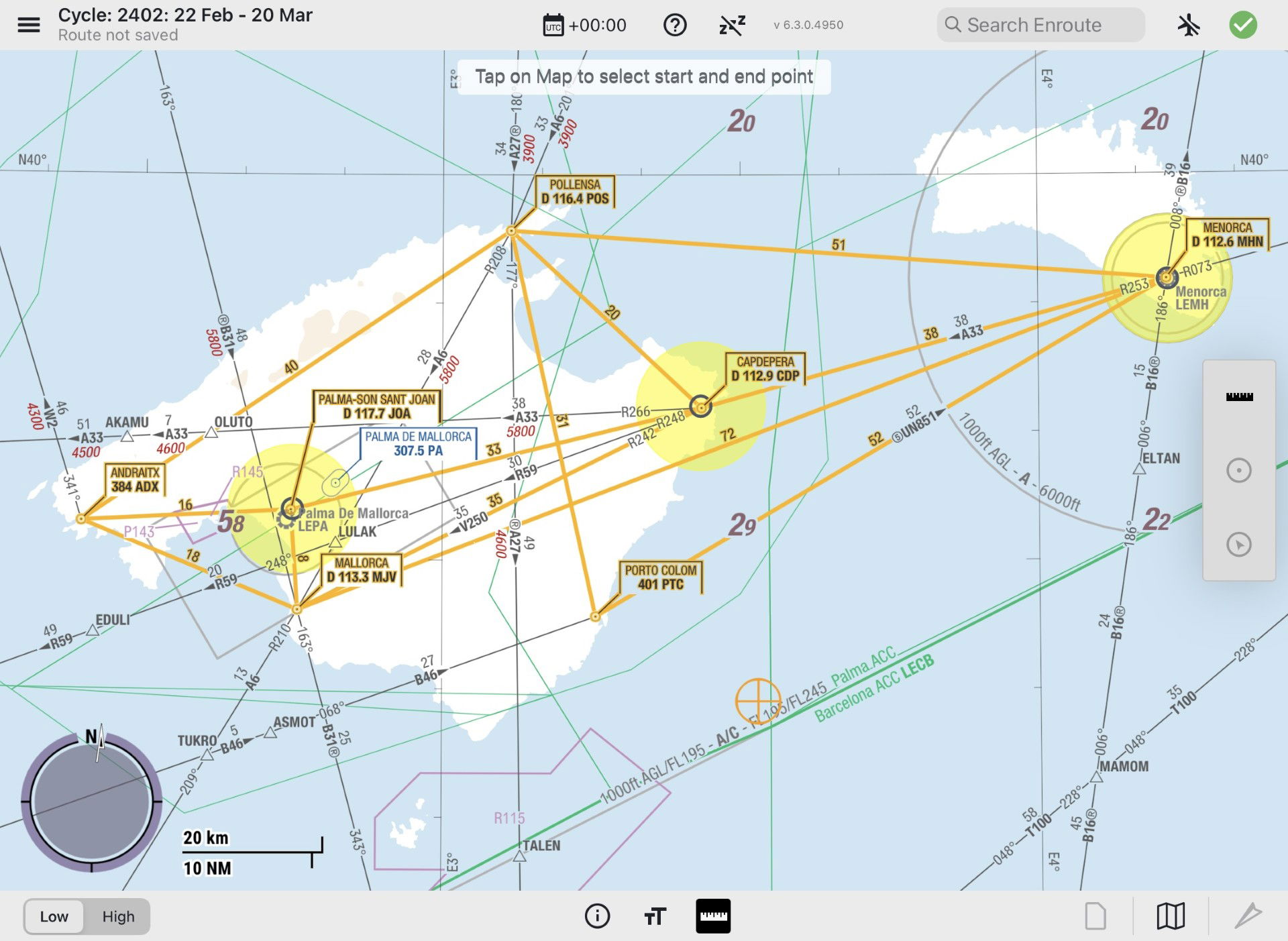
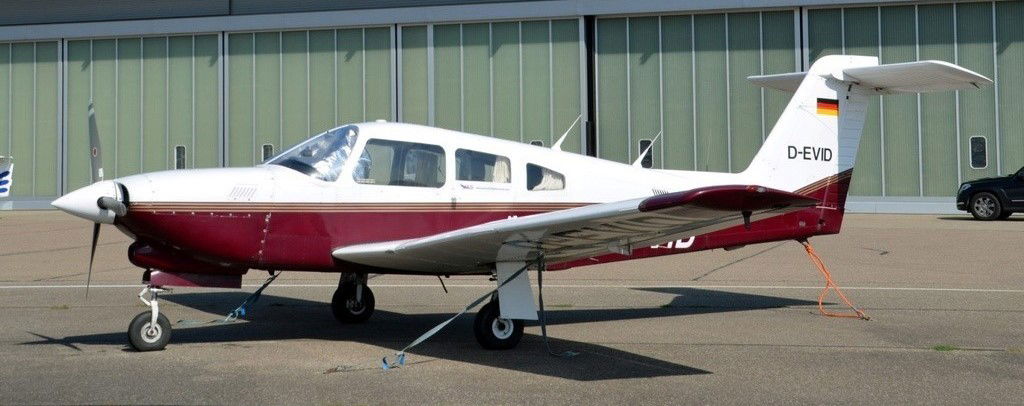
€ 210 / hour (Dry)
Piper Arrow PA-28RT-201 Turbo 4
D-EVID
- Based: Son Bonet Airport (LESB), Palma de Mallorca, Spain
- This 'complex' aeroplane has a variable pitch and retractable undercarriage and meets the criteria for CPL training
- 4 seats
- Fuel capacity: 72 USG
- Fuel consumption: 60 litres / hr.
- Normal cruise speed: 131 KTS, 151 MPH
- Range: 640 NM, 737 SM
Safety Pilots
Safety Pilots can be provided. Those available include flight instructors, airline pilots as well as like-minded PPL qualified pilots. We encourage flying in pairs. Flying with another pilot makes the experience not only more sociable but also allows you to relax somewhat knowing you have a competent wing-man next to you in times of need.
UK Licence Holders
We have a choice of G-registered aeroplanes (C152 / C150) in Portugal. After 31 Dec 2022, post-BREXIT, only UK CAA licence holders can continue to fly G-reg aircraft. All the rest of our fleet are EASA-registered so you will need an EASA licence to fly one. If you hold a foreign ICAO PPL, contact us for details how you can convert to EASA and still fly an EASA-registered aircraft.
For flights in Spain, hour building packages include:-
WET rates and include: -
- Fuel
- Oil
- Initial en-route briefing
DRY rates which do NOT include: -
- Fuel
Note: For Dry lease rates, a BP Aviation Fuel Card will be provided which will offer you subsidized AvGas below market rate. Carefully plan your routing through the airfields with the cheapest fuel price (click on this map) and you will minimize the expense even further.
Aircraft rental price do NOT include: -
- Landing Fees
- Air fees
- Aircraft parking down route, away from home base
- Checkout flight with an instructor or any necessary training.
- Aeronautical charts ✈︎ use SkyDemon ✈︎ Fly EPT Spain is an official SkyDemon retailer, contact us to request the discounted offer
What is the cheapest way to hour build ?
Take Fly EPT Spain's BP Aviation fuel card with you when flying to the mainland on cross country flights. The charge for fuel will be significantly discounted.
Typical Fuel Consumption for a ROTAX 912 UL engine is: 19.2 L/h at 75% power (5000 RPM 27.2 MAP) while at 65% (4800 RPM) it is 15.8 L/h. To reduce fuel consumption in the cruise, do NOT fly full throttle.
The TECNAM is NOT fitted with a fuel mixture throttle, but if an aeroplane was, lean the air-fuel mixture. The Mixture throttle controls the ratio of fuel to air going into the engine. At sea level, the air is dense, so a full-rich mixture (more fuel) is needed for proper combustion and cooling. At higher altitudes, air density decreases, so the mixture must be “leaned” (less fuel relative to air) to avoid running too rich and fouling spark plugs or wasting fuel. Too lean, however, can cause the engine to overheat or even stop.
CPL aspirants need 20 hours PIC cross country time, and to start the ME-IR, 50 hours PIC X-country. Once you hit this target, consider flying circuit practice where significantly less fuel is burnt compared to flying cross-country at full throttle. The Tecnam’s P2002 ROTAX engine, for example, can burn as little as 12 liters/hour flying circuit patterns as opposed to an average of 17 liters/hr. in the cruise.
The ROTAX engine can burn 95/98 Unleaded MOGAS which is always cheaper than AVGAS. Given the choice, fly an aircraft with a ROTAX engine and fill up with cheaper MOGAS, if available.
The Tecnam P2002-JF is by far the most fuel-efficient aeroplane with the lowest fuel consumption.
Benefits of Time Building in Spain
- Mediterranean location
- Best all-year-round weather conditions in Europe. 300+ days of sunshine per year. 90+% of the year is VFR
- Easy navigation
- A lot of open VFR airspace, unlike much of Europe which is congested with too much airspace restrictions.
- Cheaper landing fees ranging from €6-15. At major airports handling is mandatory but only €9.99.
- Opportunity to discover wider Spain, the Balearic Islands, Palma de Mallorca, Ibiza, Barcelona, Alicante, Valencia, Madrid as well as neighbouring France, Italy, and Portugal.
- CPL preparation program. Some of our QFI's are very experienced airline pilots who teach the CPL modular flying course and are available for coaching and mentoring. During these dual-piloted hour building flights you can still log the flight time as PIC. It is not an additional expense, rather a value-added service that aims to sharpen your flying skills to a CPL standard.
We also provide
- a thorough Briefing for the Airport and Area
- Briefing for the Route Areas you would like to fly, and
- Familiarization training on the Aircraft you will fly.
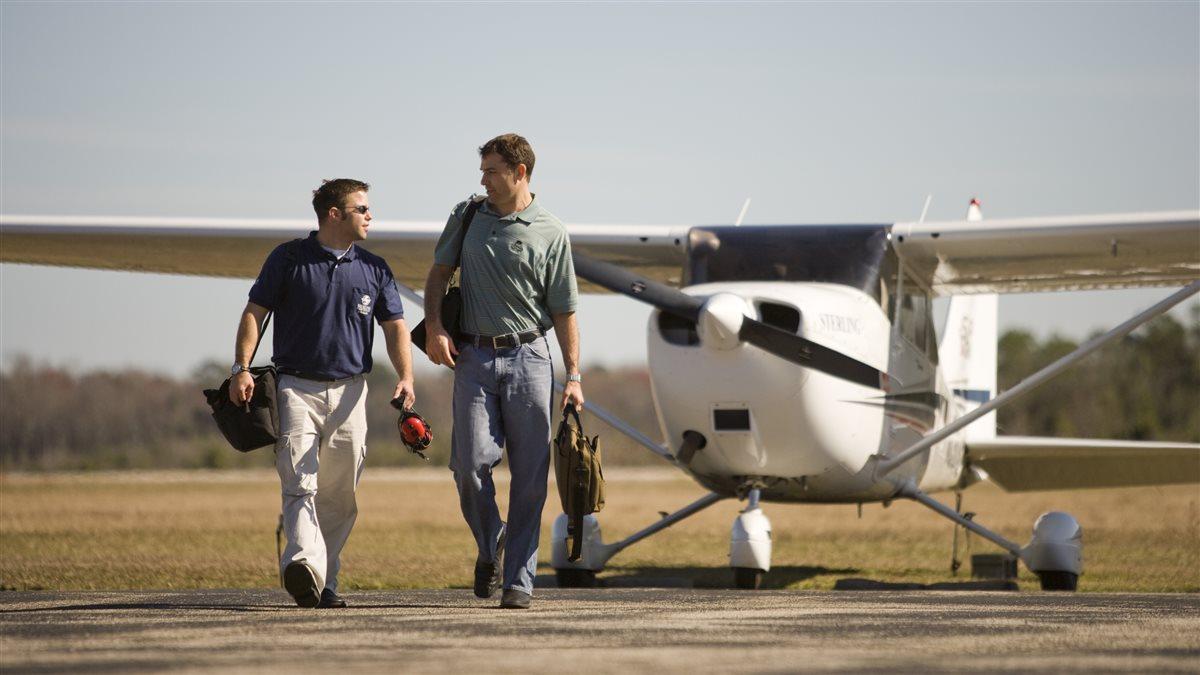
FAQ ✈︎ CPL Hour Building
I am hour building for the CPL. How shall I plan my structured hour building program
PPL pilots looking to undertake a Commercial Pilot Licence (CPL) course will need to accumulate a minimum of 100 Pilot-in-Command (PIC) hours. Our structured hour building programme ensures students achieve this requirement for CPL issue while also preparing you for the CPL course.
Our team of experienced flight instructors who teach the CPL modular flying course will be made available to help you build the additional skills and experiences required to meet the very high standards expected of you during the CPL skill test.
PPL pilots working towards CPL must accumulate a certain amount of flight time before they can begin the professional modular flight training courses. For example, pilots must have completed, before starting the: -
- Multi-Engine (ME) rating: 70 hours as PIC
- Multi-Engine Instrument Rating (IR): 50 hours PIC cross country flight time
- CPL: 150 hours total flight time, including 70 hours PIC and a Night rating
When you apply for the CPL(A) you must have at least 200 hours of total flight time (although you may count 5 hours in a flight simulator training device - FSTD), which must include 100 hours as PIC, of which at least 20 hours must be cross-country, which shall include a cross country flight of at least 300 NM including full stop landings at two (2) aerodromes.
Do make sure your log book reflects these minimum flight time requirements before you start your professional modular flight training courses as your licensing authority will check your log book. If you did not meet the minimums before starting the ME/IR/CPL training, it will invalidate the course.
When to do the hour building

‘Hour building’ is the term used to describe the accumulation of the 100 hours Pilot-in-Command (PIC) flight time requirement for CPL issue after gaining your PPL.
Once you complete your PPL and Night Rating course, ideally you should start pretty soon after the 100-hour time building phase while you are still in current flying practice. Having passed the PPL skill test, it is wise just to continue through another month and complete the 150 hours total time. If you let your recency lapse you will incur additional expense getting current again as you will need to fly with an instructor to have your proficiency checked. After a long period of no flying, it is a given that you will have lost some of your proficiency which you worked so hard to get in gaining your PPL. You will also leave yourself with more flying to do before starting the CPL and ME-IR which adds time and financial pressure. Once the 150 hours have been logged and you have passed all 13 ATPL examinations, you can start and finish without delay or interruptions the MEP rating, CPL and ME-IR courses which is all dual instruction. In this period you need to be focused on sharpening your flying proficiency with an instructor so you reach peak flying practice for the CPL and ME-IR skill test.
What is the definition of flight time?
Flight time commences when an aircraft moves under its own power for the purposes of flight and ends when the aircraft comes to rest after landing. This is the time you record in your pilot log book, known as block time.
What is cross-country time?
For the purpose of meeting the aeronautical experience requirements for a PPL, CPL or an instrument rating, cross-country flight is time acquired during a flight (a) That includes a point of landing that was at least a straight-line distance of more than 50 nautical miles from the original point of departure.
Are there ways to help me subsidize my hour building?
Yes. As a private pilot you can subscribe to and advertise on Wingly, a platform site that allows general aviation pilots to share the aircraft rental costs and this will significantly subsidize your hour building programme. One of the advantages of flying from Palma de Mallorca, a thriving tourist island year-round, especially in summer, is the huge demand for flight sharing to neighbouring Balearic islands including Ibiza and to mainland Spain, particularly Alicante, Valencia and Barcelona, even up to France, the UK and Germany. Try your luck, advertise, and see who signs up.
Safety
Safety when flying must always be your first priority. When it comes to flight sharing, Fly EPT Spain promotes the safety of cost shared flights and supports EASA’s Safety Charter for non-commercial general aviation, which you can read here.
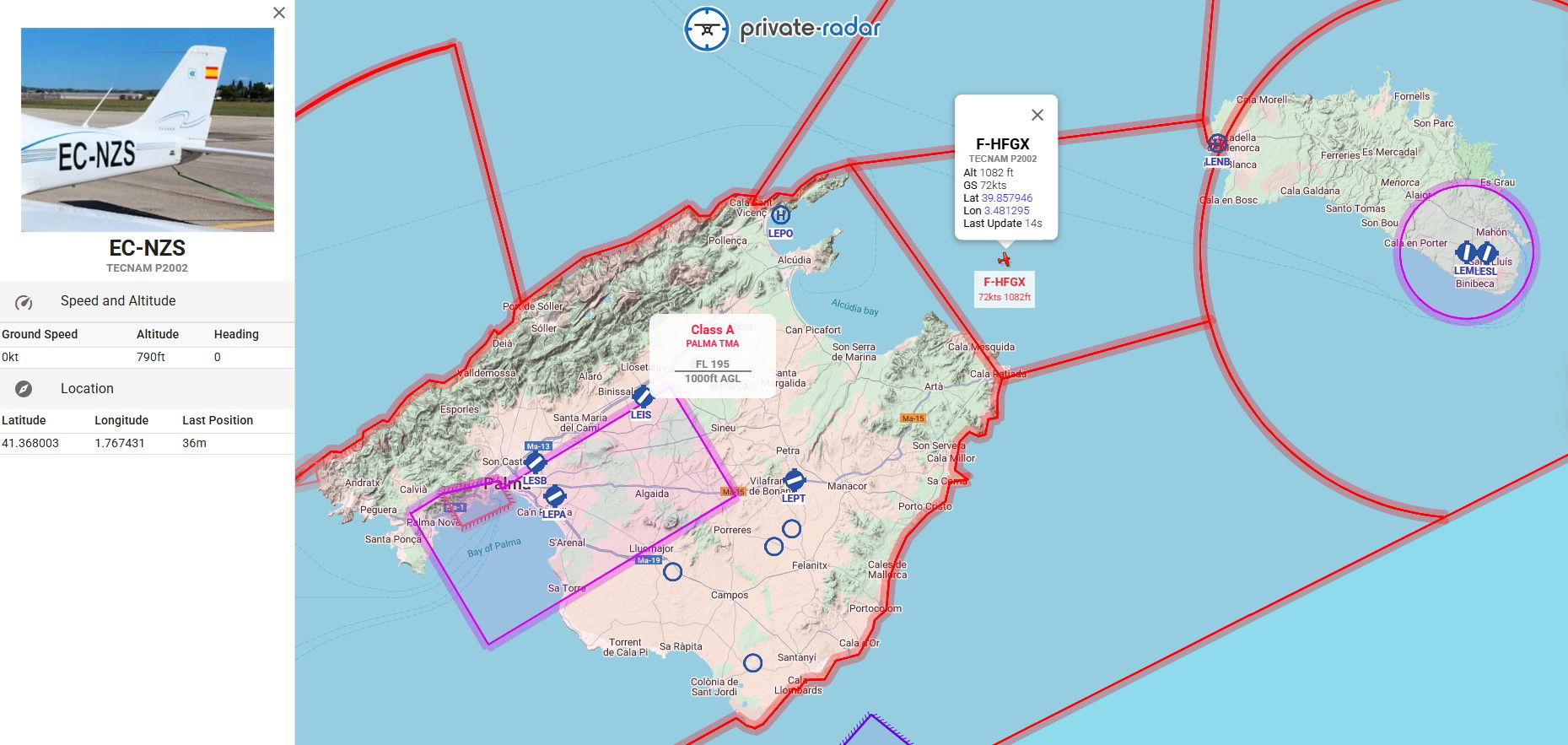
Popular Destination Airports for Hour Builders
For hour builders flying from Son Bonet Airport (LESB), or from Binissalem Aerodrome which has NO landing fees and where cheap Unleaded 95 MOGAS is freely available for those flying the Tecnam P2002-JF, consider the following route network to build up your cross country flight time.
CPL Qualifying Cross Country Flight - 1
| Departure FROM | Destination TO | Distance (NM) | Destination Notes |
| Palma-Son Bonet Airport LESB | Menorca/San Luis Aerodrome LESL | 83 NM | Menorca (LESL) No re-fueling available. Landing fee: €20 Unlimited touch and go's |
| Menorca/San Luis Aerodrome LESL | Ibiza LEIB / IBZ | 163 NM | Ibiza (LEIB) Landing fee: €23.15 (landing fee + 2 hours parking) Handling fee: €18.85 |
| Ibiza LEIB / IBZ | Palma-Son Bonet Airport LESB | 90 NM | Landing fee: €2.71 |
| TOTAL DISTANCE = | 336 NM |
Flying the triangle from Son Bonet Airport (LESB) to San Luis Aerodrome (LESL) on the neighbouring island of Menorca, and then to Ibiza (LEIB) and back to LESB is 336 NM and therefore meets the requirements for the CPL qualifying cross-country flight which must be a route of at least 300 NM including full stop landings at two (2) aerodromes. Menorca is an approved aerodrome for Night training. If you would like to combine the CPL qualifying cross country flight with a Night Rating course with a 2-night stopover in Menorca, this can be arranged.
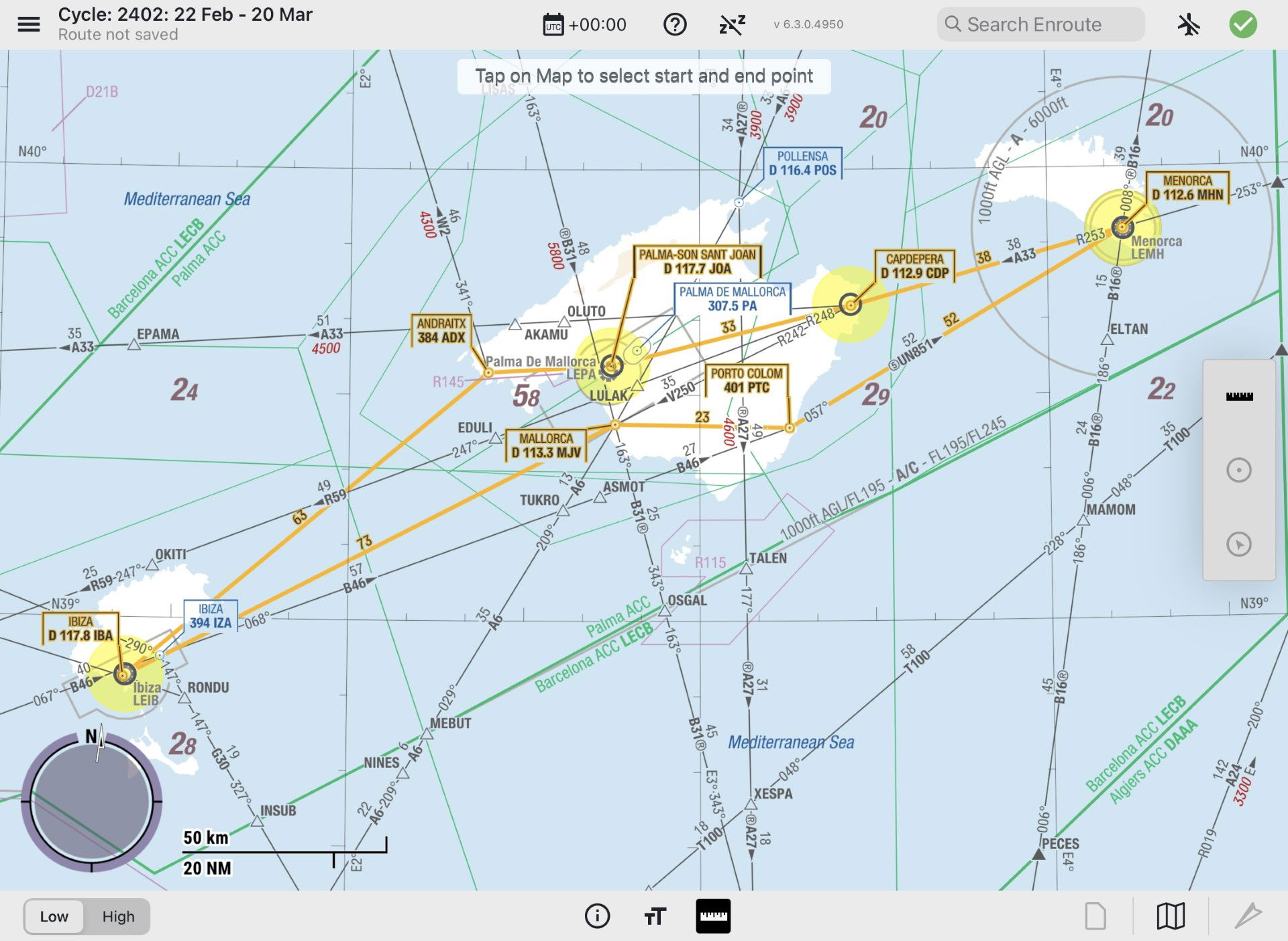
CPL Qualifying Cross Country Flight - 2
Flying Son Bonet Airport (LESB) to Alicante airport (LEAL) and then to Reus Airport (LERS) is 597 NM and will also satisfy the requirements for your CPL qualifying cross-country flight which must be a route of at least 300 NM including full stop landings at two (2) aerodromes. Reus airport is also one of the few regional aerodromes authorised for Night flying training. If you would like to combine the VFR CPL qualifying cross country flight with a Night Rating course over a 2-night stay in Reus, this can be arranged.
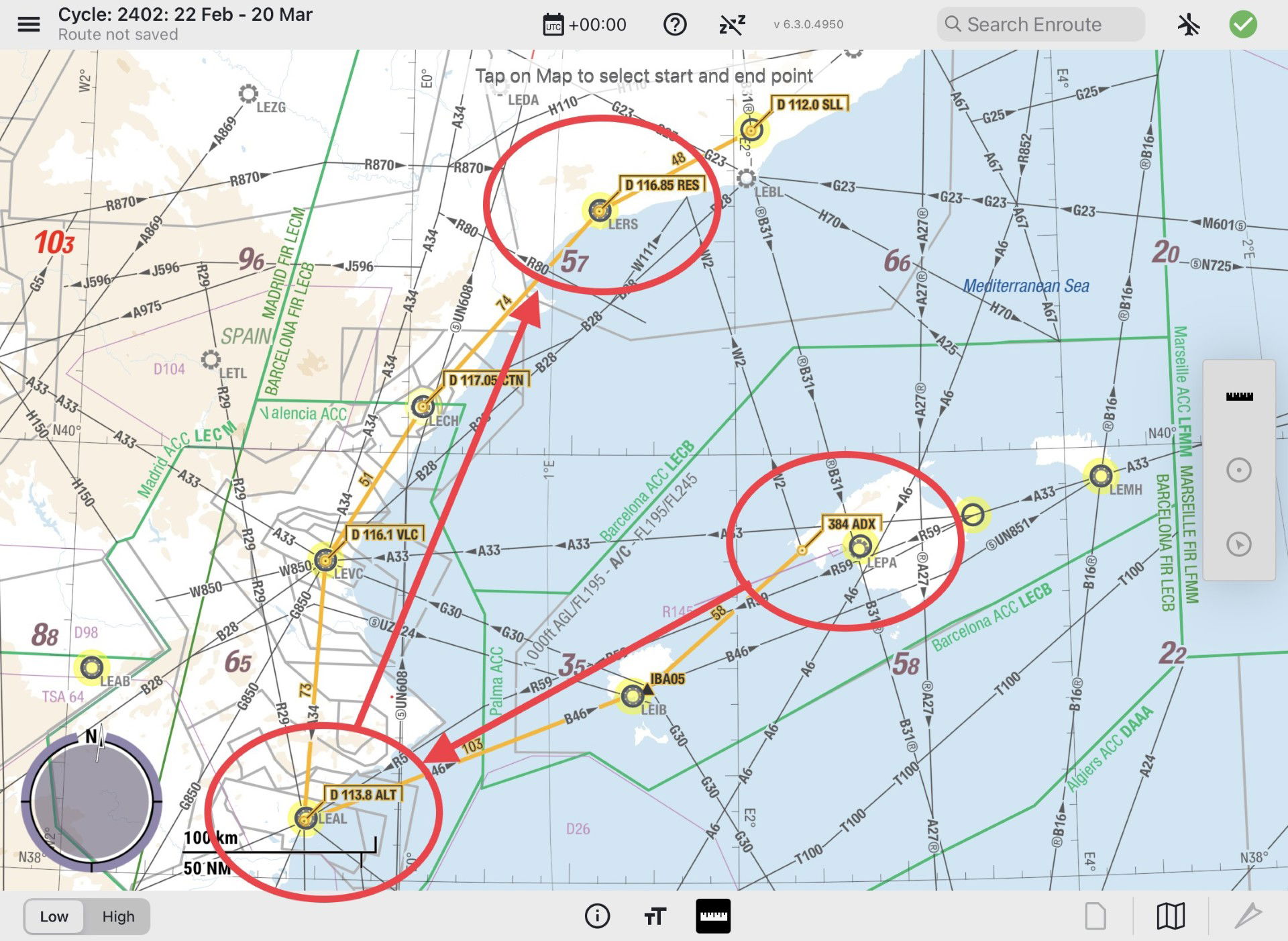
Nearest Airports from Son Bonet Airport (LESB), Palma de Mallorca, Spain
| Departure | Destination | Distance | Destination Notes |
| Palma-Son Bonet Airport LESB | Castollón de la Plana Aerodrome | 244 km | Lunch on the beach MOGAS available |
| Palma-Son Bonet Airport LESB | Barcelona Sabadell LELL / QSA | 210 km | 20 km North of Barcelona AENA |
| Palma-Son Bonet Airport LESB | Reus LERS / REU | 216 km | |
| Palma-Son Bonet Airport LESB | Valencia LEVC / VLC | 287 km |
The following general aviation (GA) friendly-airports are popular destination stop-over points for time builders: -
Balearic Islands, Spain
Palma de Mallorca/Son Bonet (LESB) - Menorca/San Luis Aerodrome (LESL) (No re-fueling. Landing fee: €20 - unlimited touch and go's) - Ibiza (LEIB/IBZ) - Binissalem Aerodrome (LEIS) (No landing fee. MOGAS available)
Spain
Major INTL airports: Alicante (LEAL/ALC) - Almeria (LEAM/LEI) - Andorra-La Seu d’Urgell Airport (LEU) - Barcelona Sabadell (LELL/QSA) - Castellón–Costa Azahar Airport (LECH/CDT) - Cordoba (LEBA/ODB) - Granada Juan Espadafor (LEJE) - Huesca–Pirineos Airport - (HSK/LEHC) - Jerez (LEJR/XRY) - Málaga (LEMG/AGP) - Madrid–Cuatro Vientos Airport (LECU) - Ocaña (LEOC) - Pamplona (LEPP/PNA) - Reus (LERS/REU) - Valencia (LEVC/VLC)
General Aviation Airfields: Aeròdrom d'Avinyonet del Penedès, SW Barcelona (Plate)
Gibraltar (LXGB/GIB)
South of France
Biarritz Pays Basque Airport (LFBZ/BIQ) - Bordeaux - Léognan-Saucats Airport (LFCS) - Montpellier-Méditerranée Airport (LFMT/MPL) - Cannes Mandelieu Airport (CEQ/LFMD) - La Môle – Saint-Tropez Airport (LFTZ)
Italy
Valdera Airfield (LIAT), Capannoli nr. Pisa, Tuscany (Free parking, cheap fuel, grass, not controlled, friendly) - Pisa Galileo Galilei Airport (PSA/LIRP) (Safestay Pisa hostel) - Milan-Bresso Airfield (LIMB) - Rome Urbe Airport (LIRU) - Venice-Lido Airport (LIPV)
MoGas Airports in Spain, South of France
Note: Tecnam P2002-JF has a ROTAX engine (MoGas)
Spain
Binissalem Aerodrome (LEIS) - Aerodromo de Santa Cilia (LECI) - Aeròdrom d'Avinyonet del Penedès (West Barcelona)
France


